Joe is joining the Society as an IRTE Professional Sector Council member to explore fast-track routes to professional registration with the Engineering Council.
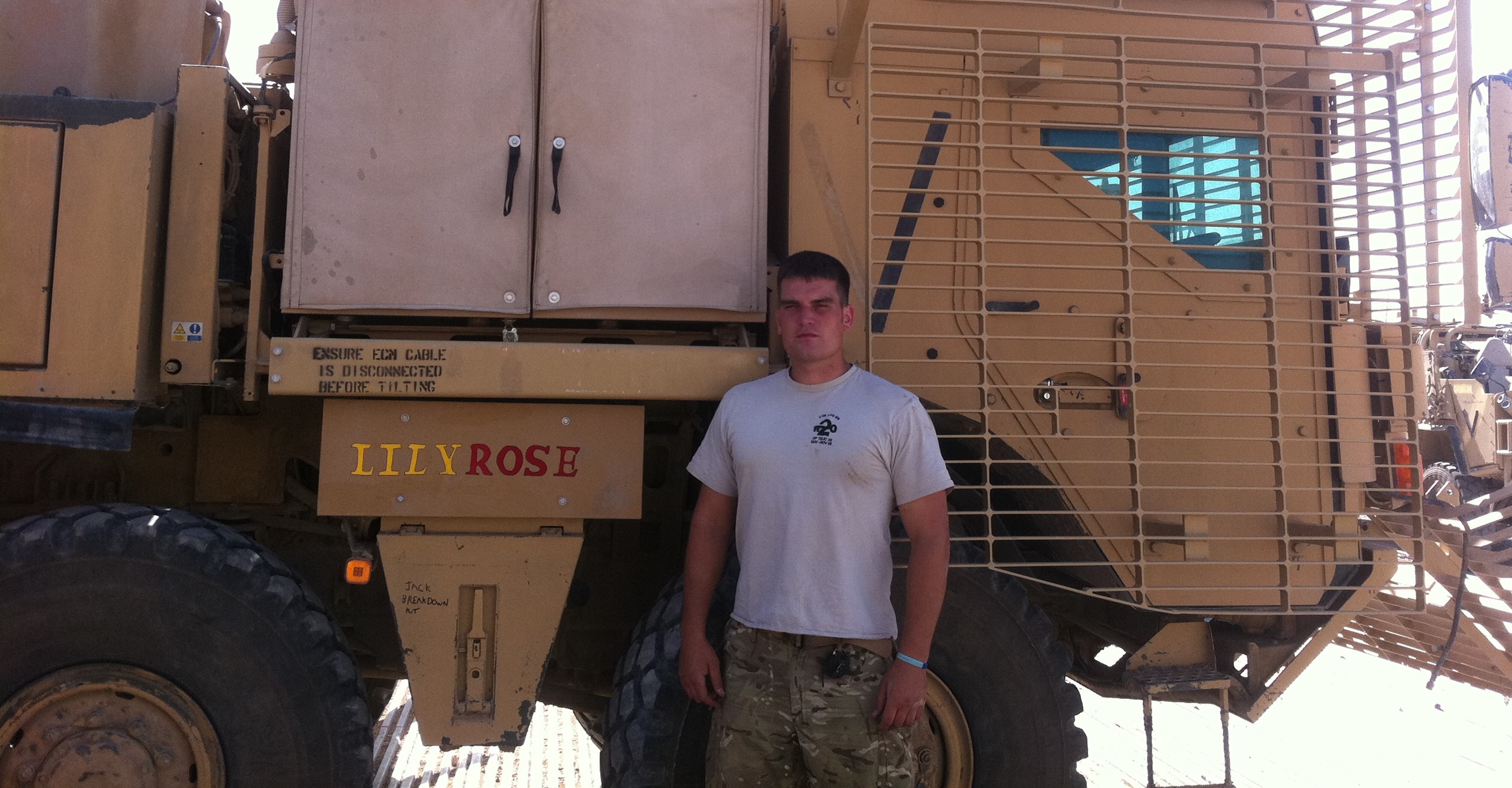
For Joe Williams, it was always going to be the Army. Drawn to the Armed Forces by serving family members and a determination to fix anything that needed fixing, Joe joined the cadets at 16, learnt key skills, and completed his technical training by 18, and has never looked back.
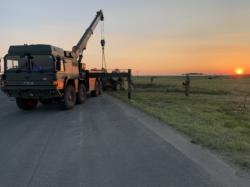
Now, as newly appointed Warrant Officer Class 2 in a highly technical role, Joe is joining the Society as an IRTE Professional Sector Council member. Part of his remit will be to explore fast-track routes to professional registration with the Engineering Council at Engineering Technician (EngTech) level (servicemen and women are now financially compensated) and a streamlined move to Incorporated Engineer (IEng) from EngTech.
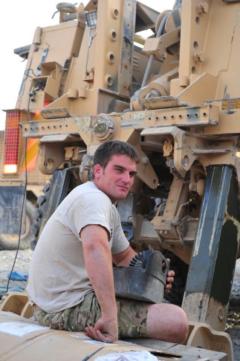
While taking the first steps from the Army into civilian life may not be routine, there are now several established paths to choose from that build on skills gained in the Army; a natural progression rather than best fit.
When the time comes to leave the Army, Joe will have much to look back on, including some big moments that have defined his career. Tours of Iraq and Afghanistan, a management role in Belize and a coaching and mentoring assignment at Lyneham have given Joe a complete set of skills for the professional transition. But that doesn’t mean he’s ready to move on just yet.
“I don’t want to leave – I’ll stay as long as I can. I love the job. I’m doing a project management engineering role and I’m doing my master’s degree, so I’m covering my bases now,” said Joe. “We’re doing real, heavy engineering jobs. People would be blown away by the level of engineering that we’re doing.”
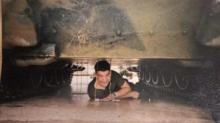
Many of the big engineer surveyor firms employ ex-military personnel due to the similarity between roles. Organisations such as British Engineering Services, Allianz, Bureau Veritas and Zurich take a large percentage of their new recruits from the Army because of its members’ exposure to high levels of engineering and a deep-rooted safety culture.
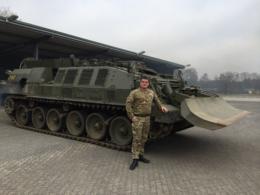
“I started looking outside at that point because I realised that the Army wasn’t going to last forever. Lifting equipment engineering is a big industry, and many of the qualifications I have are civilian-recognised.”
More than just the technical skills, Joe knows what is required to get the best out of people. Lyneham is where the Defence School of Electronic and Mechanical Engineering (DSME) and phase 2 training is located. When based there as a Senior Instructor, Joe coached and mentored between 70-80 young people each year – mostly 17 and 18-year-olds – through the same system he passed 20 years before. Being able to relate to the young recruits’ experience and ‘put yourself in their shoes’ helped, as, he said, did adapting his methods to each individual with different backgrounds and learning capabilities.
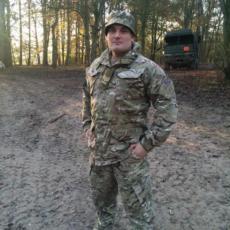
Joe’s big break came in 2010. He was Lance Corporal rank as a member of a recovery section when he was appointed as Recovery Section Commander and Military Fleet Manager within the 29 Commando Regiment Royal Artillery. Stationed in Plymouth, it was the first time Joe had no-one working above him and was a ‘sink or swim’ moment. Joe thrived in the full Corporal rank, managing a fleet of up to 30 vehicles, before moving to Germany as a lifting equipment inspector.
However, it was the overseas deployments in Iraq and Afghanistan that remain special to Joe. His role required the kind of engineering he had always dreamed about.
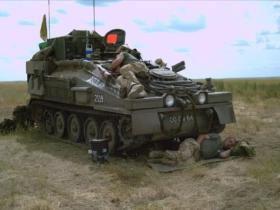
“We went out on patrol, doing engineering on the ground every day. IED strikes, and bombs going off – I absolutely loved it. It’s just what I wanted to do. Some people may come back with bad memories, but not me. I loved the people I was with, the routine I was in, the job I was doing, everything about it.”
One story stays long in the memory.
“When I was in Iraq, we went to the Iran/Iraq border and were given three months to set up a control point. I was in a recovery vehicle called the Foden. My power steering pipe was rubbing against the wheel and it blew out. There was no one around – we were in the middle of the desert, ten miles away from anywhere. I had some fluid flown out to me with some repair equipment; it was like putty but it didn’t work. We had helicopters flown out, just for me, to bring equipment to try and fix it, but it just kept breaking the pipe and there wasn’t another pipe that would fix it. Near the end of our allotted time, we were talking about denying the vehicle - which means blowing it up so it couldn’t be used by the enemy. So, I fitted a hose pipe from the reservoir as my wing mirror. As I was travelling back to Basra, through Iraq, the vehicle was pouring fluids into the reservoir every time I turned the corner, but I got the vehicle back to the vehicle operating base near the airport where we were stationed and it lived to see another day. We were talking about denying a vehicle, but we found an engineering solution. It’s a great memory that I still joke about now.
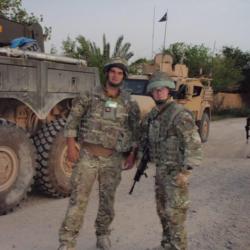
“It was such a good time; all the people around and the people working for you. Loads of bad things happened, I mean really bad things, but you have a purpose, and all the training we did prepared us fully. My best friends in the world are all the people I was deployed with – I still keep in touch with most of them now,” Joe recalled.
Membership of the Society helps support the careers of REME personnel throughout their time in the Army and during the transition to civilian life. It offers fast-track routes to the Engineering Council, professional accreditations, and access to Continuous Professional Development (CPD).
To join the Society as a member, go to: soe.org.uk/membership
Information on registration to the Engineering Council can be found at: soe.org.uk/professional-development

